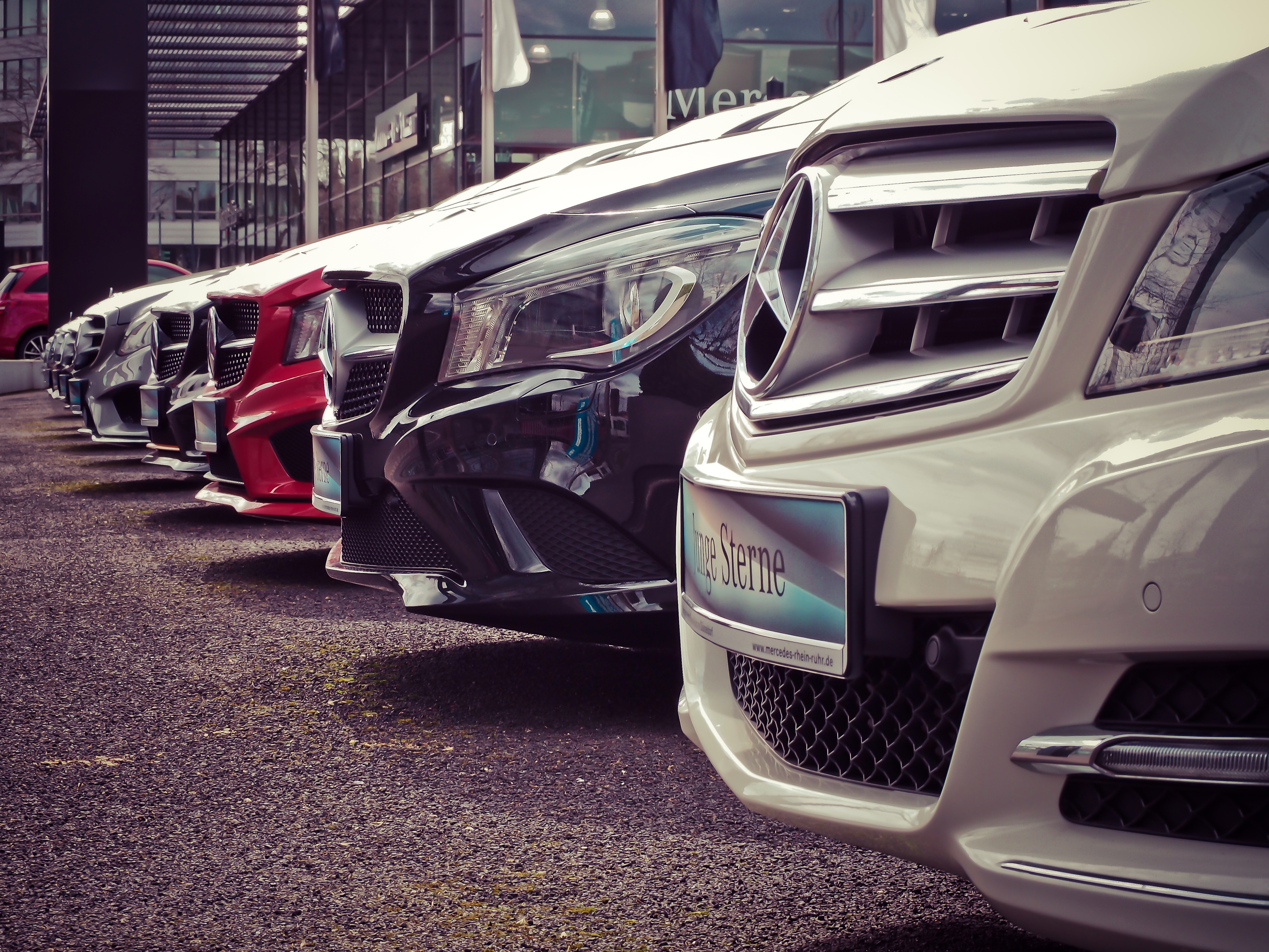February 8, 2018

Business brokers advertising dealerships for sale on LinkedIn are also advertising on other online listing platforms. These dealerships happen to be small ones that have been in business for up three generations. However, in today’s retail automotive environment, it is no longer worth it to operate a successful dealership without significant backing.
Some of the big-name dealerships that are taking over the automotive world include Sonic Automotive, Penske Automotive Group, Lithia Motors and AutoNation. This trend is almost guaranteed to continue, as the business gains for these giant dealer groups are huge. Smaller dealerships simply do not have the clout required to compete in the fast-growing automotive world. Two examples of small business owners that were forced out of business are Jim Tino and Martin Gubbels.
Tino’s family once owned two dealerships that sold Chevrolet and Subaru in Union, New Jersey. They sold 3,000 new vehicles and used cars each year. Martin Gubbels owned Big Sky Ford-Lincoln in Torrington, Wyoming. The sales for his store, located in a small town, averaged about 400 vehicles per year. Because of decreased sales, both owners were forced to put their businesses up for sale. Gubbels had a sign sitting on his desk that he would point out to customers that read: “I started with nothing, and I have most of it left.” Many dealers with single stores or small groups tend to find that they either need to grow or sell to a larger group.
The incentives for having a large dealership are huge. Some examples are listed below.
Tags: Dealership
Hello {{User.FirstName}} {{User.LastName}}.
You are logged in with email {{User.Email}}.